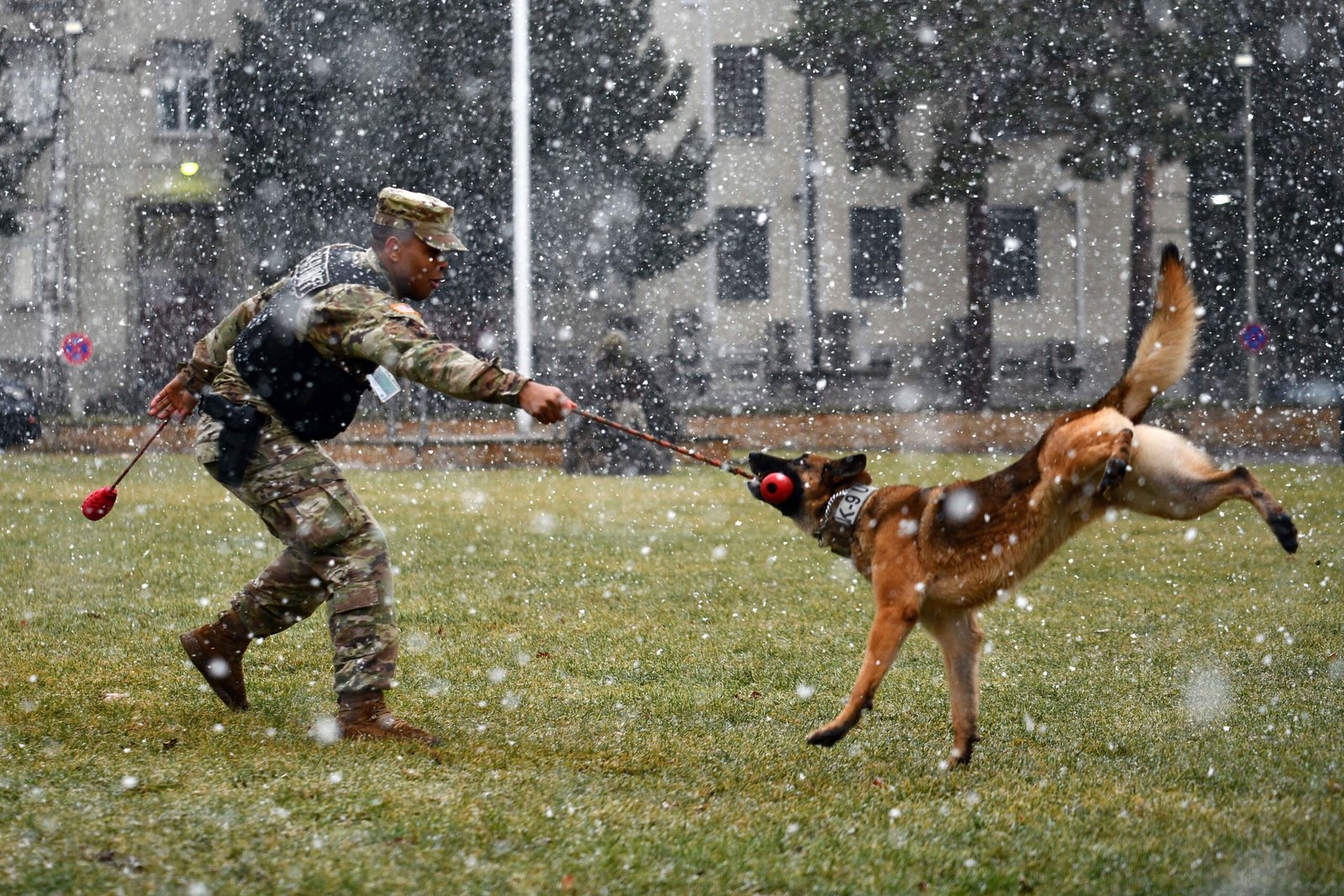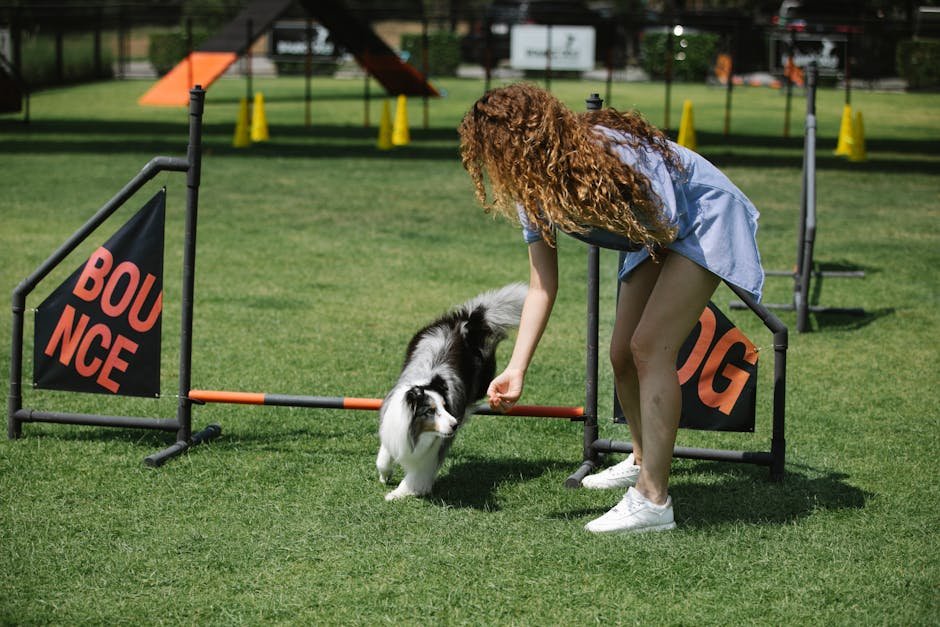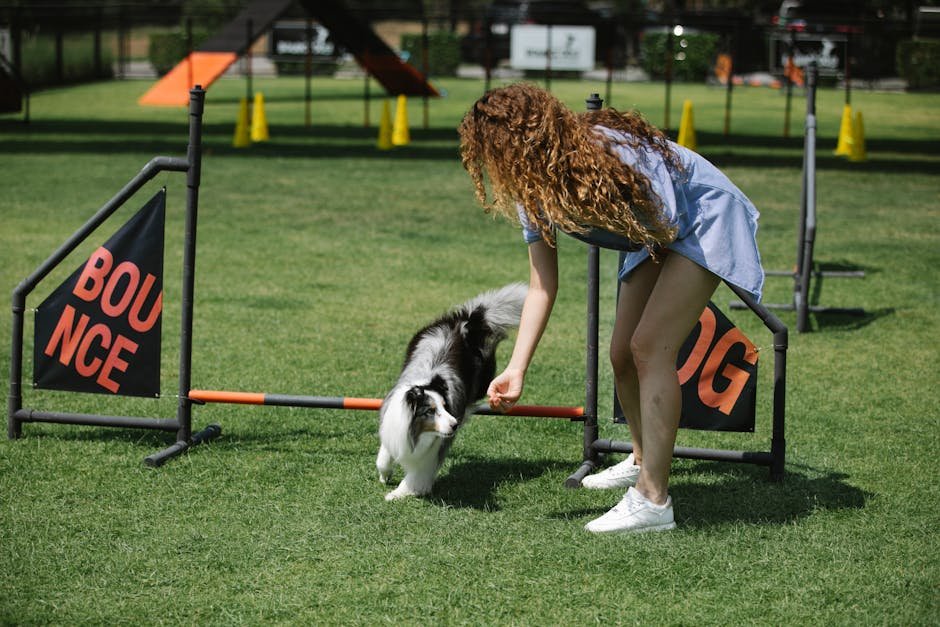Collars which are activated through remote control and can give light electric shocks to stop unruly or violent dogs to stop and train them to be more development
Understanding the Purpose of Shock Collars

Shock collars, also known as e-collars or electronic collars, are devices used primarily in dog training. They deliver a small electric shock to the dog when activated by a remote control. The idea is to deter undesirable behavior by providing a negative consequence. However, the term “shock” can be misleading as modern devices often offer a range of stimuli including vibrations and beeps. For many, this tool remains controversial, raising debates between its effectiveness and ethical implications. It’s crucial to understand that these collars are not inherently cruel; it is the way they are used that can make them harsh. The intention behind their use should be to communicate, not to punish.
How Shock Collars Work

Shock collars come equipped with a remote control that allows the owner to administer a corrective signal whenever the dog engages in unwanted behavior. Most collars have adjustable settings, ranging from a mild tickle to a more noticeable shock. Typically, they are used for training purposes, such as teaching a dog to stay within a specific area or to stop excessive barking. The underlying principle is based on the psychological concept of negative reinforcement. However, it’s vital to adjust the settings appropriately to avoid causing unnecessary distress. Think of it as a tap on the shoulder, not a slap in the face. When used responsibly, these collars can be an effective communication tool between the owner and the dog.
The Ethical Dilemma: Cruelty vs. Necessity

The ethical debate surrounding shock collars is as charged as the devices themselves. Advocates argue that when used correctly, shock collars can be an efficient training tool, especially for stubborn breeds. On the other hand, opponents believe that they are a lazy shortcut that could lead to abuse. The key concern is whether the shock is being used as a last resort or as a primary training method. Ethical dog training should always prioritize positive reinforcement techniques such as treats or praise. The decision to use a shock collar should not be taken lightly; it must be a well-considered choice, weighing both the dog’s needs and the owner’s capabilities.
Comparing Shock Collars to Alternative Training Methods

There are numerous training methods available today, and shock collars are just one of many. Positive reinforcement, which involves rewarding good behavior, is widely recommended by animal behaviorists. Clicker training, another popular method, uses a click sound to mark desired behaviors followed by a treat. These alternatives focus on encouraging good behavior rather than punishing bad. While shock collars may offer quick results, they lack the bonding experience that comes with other methods. Think of training as a journey, not just a destination; the process matters just as much as the outcome. Each dog is unique, and it’s essential to choose a training method that aligns with their temperament and needs.
Real-Life Experiences: Stories from Dog Owners
Many dog owners have shared their experiences with shock collars, and the stories are as varied as the dogs themselves. Some owners report significant improvements in behavior, noting that their dogs have become more obedient and less aggressive. Others, however, have faced challenges, including increased anxiety in their pets. One owner shared how a shock collar helped their overly exuberant dog learn boundaries, while another regretted using it due to their dog’s fearful response. These stories highlight the importance of understanding your pet’s unique personality before choosing a training method. Remember, what works for one dog may not work for another, and empathy should always guide your decisions.
The Role of Professional Trainers

Consulting a professional dog trainer can provide valuable insights into the effectiveness of shock collars. Trainers often have extensive experience with various breeds and behaviors, making them well-equipped to offer guidance. They can demonstrate the correct use of a shock collar, ensuring it is used as a communication tool rather than a form of punishment. Furthermore, a professional can help identify alternative methods if a shock collar is deemed unsuitable for your pet. Think of professional trainers as navigators on your training journey; they can help steer you in the right direction, ensuring a positive outcome for both you and your dog.
Safety Precautions and Best Practices

If you decide to use a shock collar, it’s imperative to follow safety precautions to ensure your pet’s well-being. Always start with the lowest setting and gradually increase if necessary, monitoring your dog’s reaction closely. Never use the collar as a means of constant punishment, and ensure it is fitted correctly to prevent skin irritation. It’s also advisable to consult your veterinarian for additional guidance. Remember, the goal is to communicate, not to harm. Like any tool, a shock collar is only as effective as the person using it. Proper education and responsible use can make all the difference.
Looking Forward: The Future of Dog Training

The future of dog training is likely to focus on more humane and scientifically-backed methods. As technology advances, new training tools are being developed that prioritize the dog’s emotional and physical well-being. Innovations such as virtual barriers and GPS tracking collars offer alternatives that are less invasive than traditional shock collars. The shift towards positive reinforcement and technology-driven solutions indicates a growing recognition of dogs as sentient beings deserving of respect and understanding. As dog owners, we have the responsibility to continually educate ourselves and adopt the best practices for our furry friends’ well-being.
In conclusion, the debate over shock collars as a harsh necessity or a lazy shortcut is complex and nuanced. While they can be effective under certain circumstances, they require responsible use and a deep understanding of your pet. The choice ultimately lies with the owner, who must weigh the pros and cons carefully.

Born and bred in South Africa, a Capetonian at heart. Amy-Leigh’s love for nature and animals was inherited from her Dad. He loves taking the family on road trips to experience nature at its finest; Amy-Leigh’s favourite being whale watching in Hermanus and spotting Kudu along the West Coast. Amy-Leigh holds a BA in English Literature and Communication Studies.






